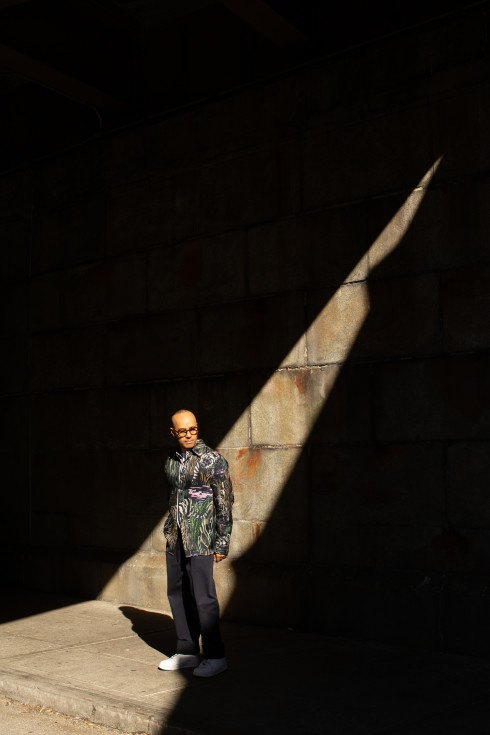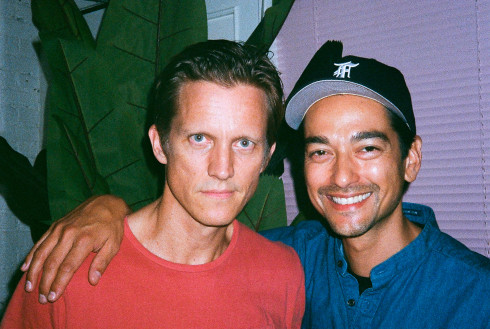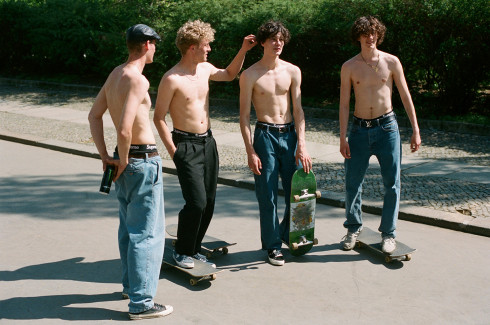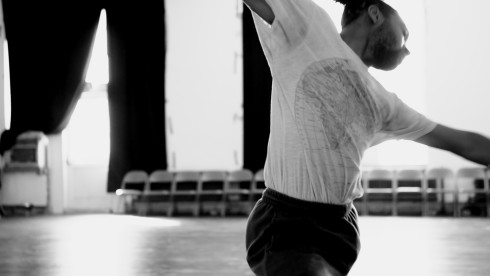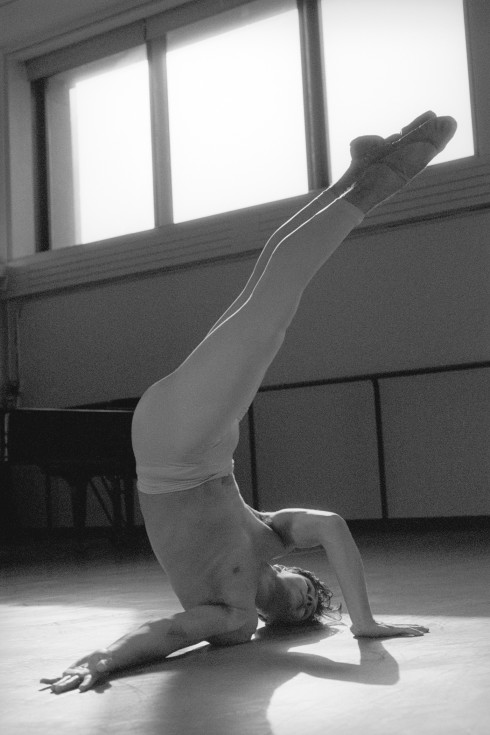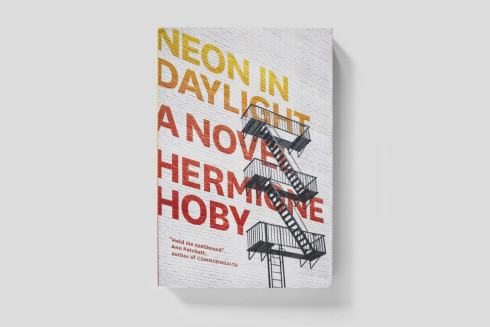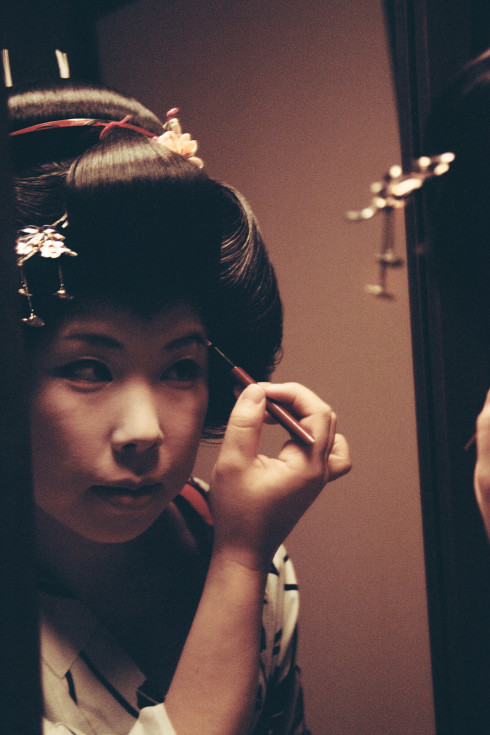
THE TREE OF LIFE
A new film by Terrence Malick, The Tree of Life, is a simple story about a husband and wife who become mother and father to three beautiful boys. Oh, and it also depicts the creation of the universe. The film is brave—but not in terms of typical art-house poetics. We aren’t asked to suspend disbelief, or put together pieces of a visionary jigsaw puzzle; we are simply asked to take things seriously. Perhaps that is why I couldn’t help but ask myself again and again during the film, “Are you serious?”
Malick is no stranger to the voice-over. With this film, he aims for higher ground and speaks directly to God. We hear questions like, “Lord, why? Where were you?” and “When did you first touch my heart?” The narration may be pedantic, and some sequences are a stretch. But for those who are able to look beyond the anthropomorphic dinosaurs, animated cell division, and diaristic musings on piety, the reward is a sincere and determined film about life’s little miracles.
We find ourselves in Smithville, Texas, in the 1950’s (stand-in for Malick’s hometown of Waco). Smithville is a wonderful town to raise a family in, as we can tell from the manicured lawns and shaded porch swings. The neighborhood kids run through plumes of DDT on warm summer evenings. Father insists on Brahms’ Fourth Symphony during dinner, demands to be called “Sir,” and commands his boys to strike him in the jaw. Mother instructs the boys to “Love everyone. Love every leaf, every ray of sun.” Their contrasting approaches to parenting have a profound effect on the eldest, Jack, whom we meet as an adult in a world of sky-high glass and steel. He is a successful architect, troubled by the loss of his younger brother and his strained relationship with his father. Much of his time is spent gazing down into the streets from his lonely perch.
By contrast, Jack’s youth is seen from below. Cinematographer Emmanuel Lubezki effectively captures the perspective of our protagonist by shooting from low angles, gazing up at the world with wonder. The phenomenon of growing up is seen through a series of scenes that read like pages torn from a scrapbook. Structurally innovative, The Tree of Life collapses the notion of film as a narrative string of progressive scenes, creating its own linearity through a collage of multiple periods in time and space, frequented by cuts to black. In a sense, it’s the history of world told through the trials of a typical American family.
We bear witness to the miracle of birth and other exquisitely mundane milestones. Death is inevitable and in this film, delivered by Western Union. A telegram makes tangible the unfathomable and turns death into a mere matter of fact. Soon to follow are the shadows of children playing on asphalt. Shot upside down, the image gracefully captures a ghostlike presence. Malick compresses the most complex events of our lives into a series of separate scenes. Jack’s discovery of his erotic nature is described through the theft of a neighbor’s nightgown. A bond between father and son is forged over an impromptu duet on piano and guitar. Pubescent pain is expressed in a sopping wet watercolor. These little scenes add up to an ambitious allegory of human nature. Largely without dialogue, The Tree of Life relies on intimate scenes of cosmic wonder and domestic happenstance to elicit big existential questions that will remain unanswered.
An absolutely sublime ballet of light and shape cavorting through space bookends the film. The creation of the universe, the evolution of multi-cellular organisms, the human life cycle—it’s all there. The script for this film must have elicited many an eye-roll. It is difficult to conceive of this film on paper. There are aspects of The Tree of Life that some viewers will love, others will hate, and many more won’t know what to make of. But what is consistent is its tone. This film deserves to be taken seriously.
